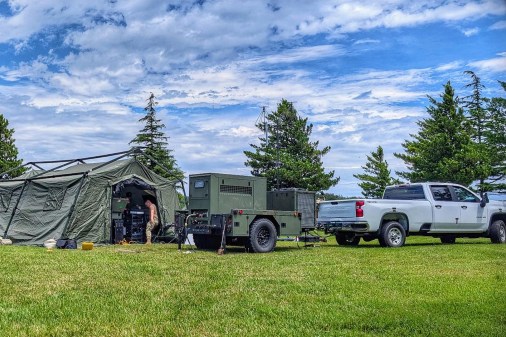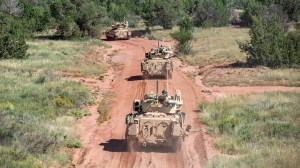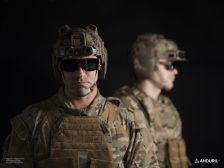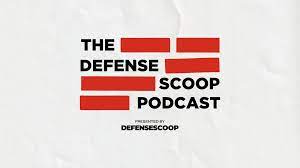Lockheed Martin lands deal for Army’s next-gen C2 initiative
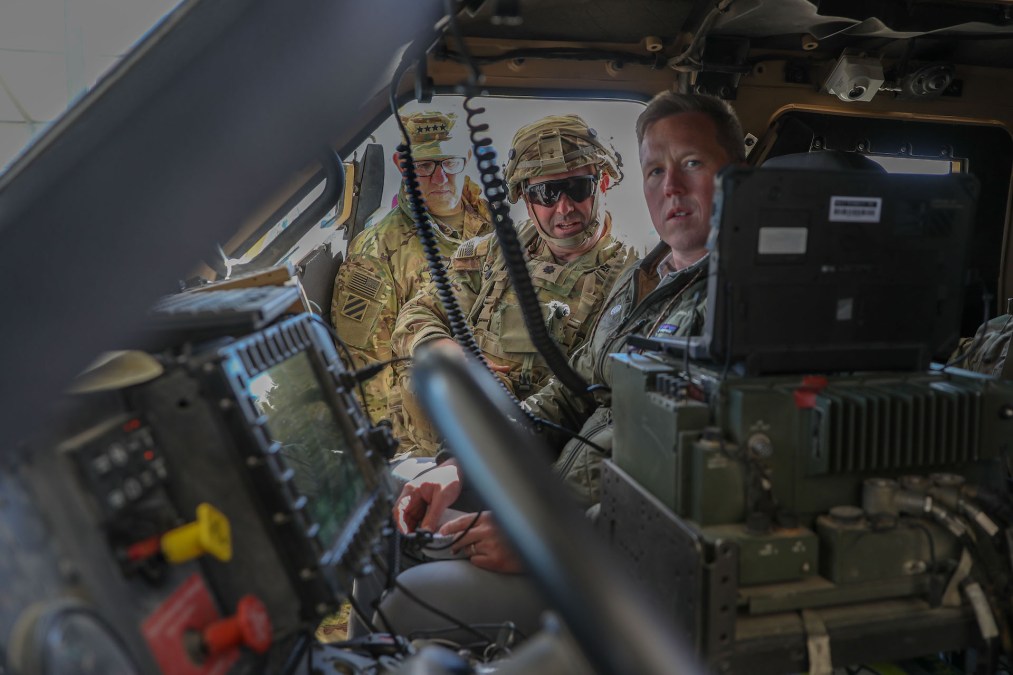
The Army has awarded a Lockheed Martin-led industry team an other transaction agreement to help the service move toward a next-generation command and control architecture, officials announced Tuesday.
The NGC2 initiative aims to improve how the force passes data to commanders so they can make better and faster decisions on the battlefield. It’s one of the Army’s top modernization priorities, and troops have already begun experimenting with the technology at venues like Project Convergence.
The new $26 million agreement with Lockheed and its partners — which was awarded via a commercial solutions offering — has a period of performance of 16 months or less.
The contractor “will spearhead a collaborative effort with the U.S. Army, leveraging our C2 systems engineering and project management expertise to empower small businesses, non-traditional innovators and commercial technology providers including Raft, Hypergiant (an Accelint company) and others to scale their capabilities to NGC2,” Lockheed Martin stated in a press release.
The announcement came a few weeks after the Army revealed that an Anduril-led team had landed a $100 million OTA to continue prototyping for the NGC2 effort. Anduril’s partners on the contract include Palantir, Striveworks, Govini, Instant Connect Enterprise, Research Innovations Inc., and Microsoft.
The Anduril-led team is expected to deliver a prototype architecture to the 4th Infantry Division, which will be prototyping “across applications, data, infrastructure, and transport within a full ‘technology stack,’” according to an Army press release.
The Lockheed-led team will be focusing on the “integrated data layer,” which is meant to be delivered to the 25th Infantry Division and allow the Army to assess NGC2 software options, per the release.
The service seeks to maintain flexibility with vendors as it builds out the NGC2 architecture. In the wake of the awards to Anduril and Lockheed Martin, officials noted that they’re still accepting proposals on the commercial solutions offering for “potential future team lead or component integration into the NGC2 technology stack.”
“This isn’t the end of competition, this is the beginning. Through these two industry team lead agreements, we’ll evaluate different models for shared responsibility and aligned incentives during the NGC2 prototyping phase. We don’t want to have great capabilities simply at the start — we want a durable partnership model that keeps pace with an ever-evolving American tech sector and creates continual opportunity to find and insert the best technology solutions,” Joseph Welch, deputy to the commanding general at Army Futures Command, said in a statement. “By encouraging companies to self-organize and team with each other and enabling them to integrate and solve these problems directly with the operational force, we will be able to rapidly and continuously improve the command and control capabilities we deliver to Soldiers.”
